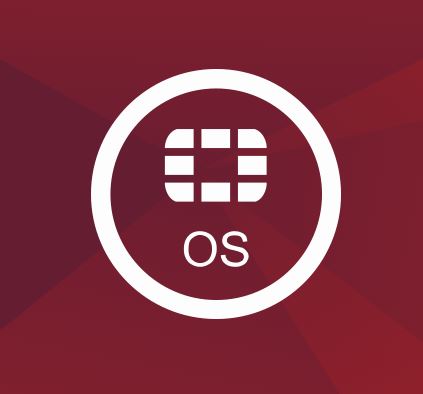Fortinet has unveiled a new version of FortiOS, the operating system that powers its Fortinet Security Fabric.
Due to reach market next month, FortiOS 7.0 contains a variety of features designed to help end users embrace two of the biggest trends in IT—cloud computing and work-from-home computing—more safely and with better performance.
Among them is the addition of built-in Zero Trust Network Access (ZTNA) support to Fortinet’s FortiGate firewalls. The new functionality shrinks an organization’s attack surface by verifying user and device information for individual application sessions, Fortinet says, while hiding business-critical applications from the internet. Fortinet’s ZTNA implementation also lets businesses apply a single set of policies to users both on and off the network.
Along similar lines, FortiOS 7.0 contains new cloud-based secure access service edge (SASE) technology that allows businesses to give remote employees the same level of protection their office-based workers behind the firewall receive. New video filtering capabilities, meanwhile, aim to provide extra, more granular protection for the video-intense content remote workers typically generate.
New as well in the latest FortiOS release is centralized management for multi-cloud environments with support for resource auto-scaling, dynamic load balancing, and application user experience monitoring, to enhance both security and network performance.
To further boost performance, as well as uptime, FortiOS 7.0 includes 5G and LTE enhancements designed to improve wireless network speeds, as well as self-healing functionality for SD-WAN connections.
Additional upgrades intended to improve operational efficiency in network and security operations centers include the ability to integrate container-based deployments of Fortinet’s FortiSOAR solution with its FortiManager and FortiAnalyzer systems, as well as changes to the FortiCloud security-as-a-service portal aimed at consolidating SaaS management through a single console.
“Most vendors are focused on a single slice of security, but the reality is it’s impossible to keep up with the complexity of today’s threat landscape with that approach. New innovations in FortiOS 7.0 continue Fortinet’s commitment to delivering a cybersecurity platform that expands across the entire digital attack surface to enable security that is broad, integrated, and automated to protect devices, data, and applications,” said John Maddison, Fortinet’s executive vice president of products and CMO, in prepared remarks.
Fortinet added an extended detection and response (XDR) solution to its portfolio last month.













